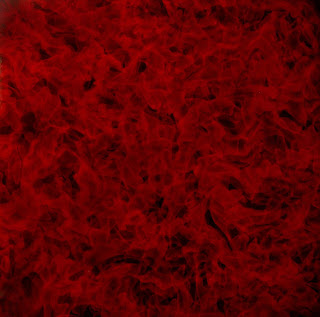 Alluvion (conversion) 2005
Alluvion (conversion) 2005 Alluvion (into the sky), 2006-07
Alluvion (into the sky), 2006-07 Alluvion (redefinition) 2006
Alluvion (redefinition) 2006 detail of Alluvion(redfinition) 2006
detail of Alluvion(redfinition) 2006 Alluvion (within) 2006
Alluvion (within) 2006 Alluvion (elevate1 and 2) 2005
Alluvion (elevate1 and 2) 2005 Alluvion (elevate 1) 2005
Alluvion (elevate 1) 2005 Red Alluvion (ecstasis 1) 2007-09
Red Alluvion (ecstasis 1) 2007-09 Red Alluvion (ecstasis 2) 2007-09
Red Alluvion (ecstasis 2) 2007-09 Red Alluvion (ecstasis 3) 2007-09
Red Alluvion (ecstasis 3) 2007-09 Red Alluvion (reach) 2008
Red Alluvion (reach) 2008 Red Alluvion (rejoin) 2007-08
Red Alluvion (rejoin) 2007-08 Red Alluvion (entrance) 2008
Red Alluvion (entrance) 2008 Red Alluvion (column) 2007-08
Red Alluvion (column) 2007-08 Red Alluvion ( procession) 2008-09
Red Alluvion ( procession) 2008-09 Alluvion (ladder) 2006
Alluvion (ladder) 2006 Alluvion (ascent and cottonwood falls) 2005
Alluvion (ascent and cottonwood falls) 2005 Alluvion (ascent and cottonwood falls) 2005
Alluvion (ascent and cottonwood falls) 2005 detail of Alluvion ( cottonwood falls) 2005
detail of Alluvion ( cottonwood falls) 2005 detail of Alluvion ( cottonwood falls) 2005
detail of Alluvion ( cottonwood falls) 2005 Red Alluvion (canyonesque) 2005-09
Red Alluvion (canyonesque) 2005-09 Red Alluvion (enfold) 2007-08
Red Alluvion (enfold) 2007-08 Alluvion (enrich) 2006-09
Alluvion (enrich) 2006-09 Red Alluvion (ascension) 2008
Red Alluvion (ascension) 2008 Red Alluvion (passage) 2007-08
Red Alluvion (passage) 2007-08 Red Alluvion (engulf), 2007-08
Red Alluvion (engulf), 2007-08 Alluvion (thrust) 2009
Alluvion (thrust) 2009 Alluvion detail
Alluvion detail Alluvion (jacob) 2007-10
Alluvion (jacob) 2007-10 Alluvion (uplift) 2006
Alluvion (uplift) 2006 Alluvion (lakeshore 1) 2004-05
Alluvion (lakeshore 1) 2004-05 Alluvion (shelter) 2006
Alluvion (shelter) 2006all images © fulton 2010